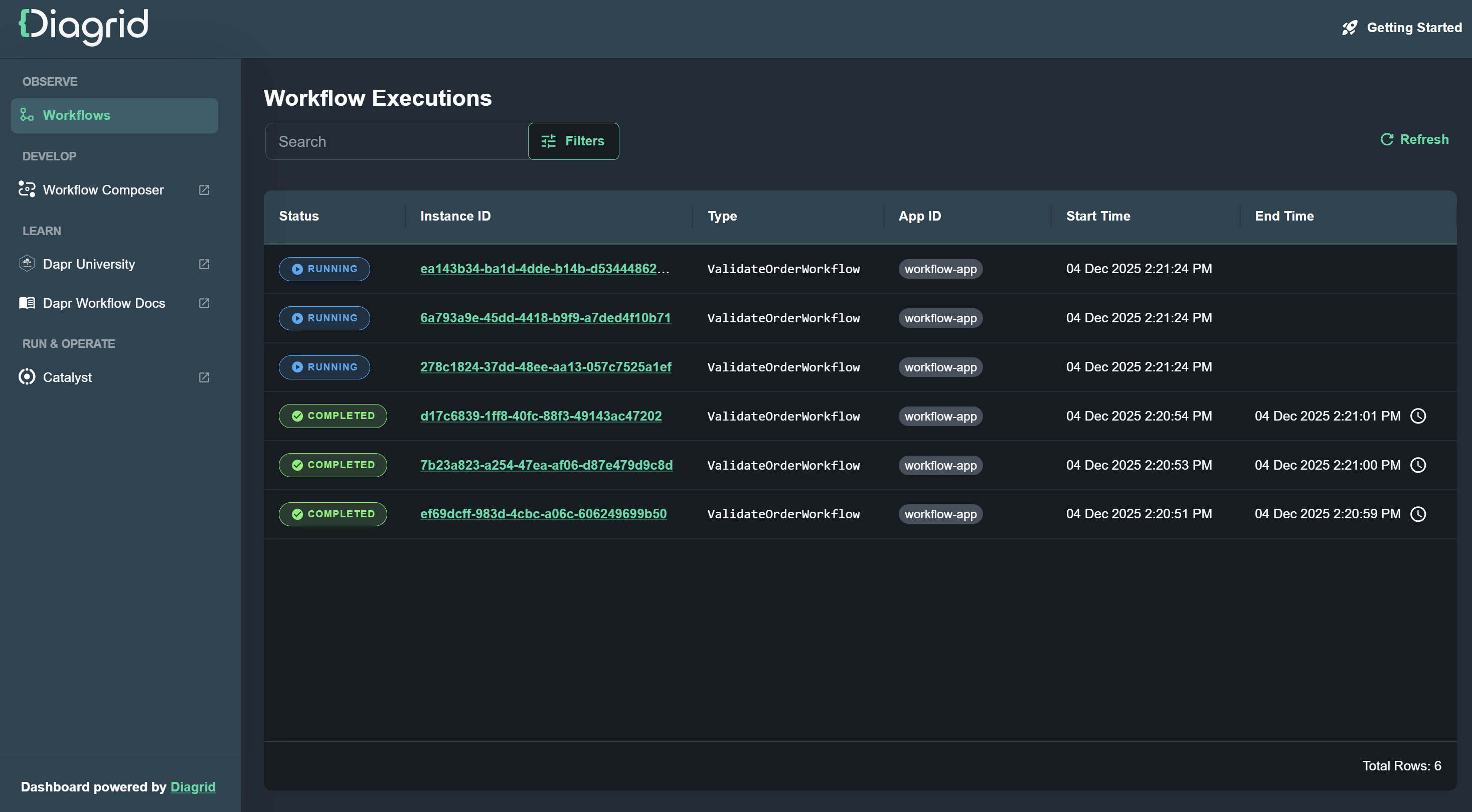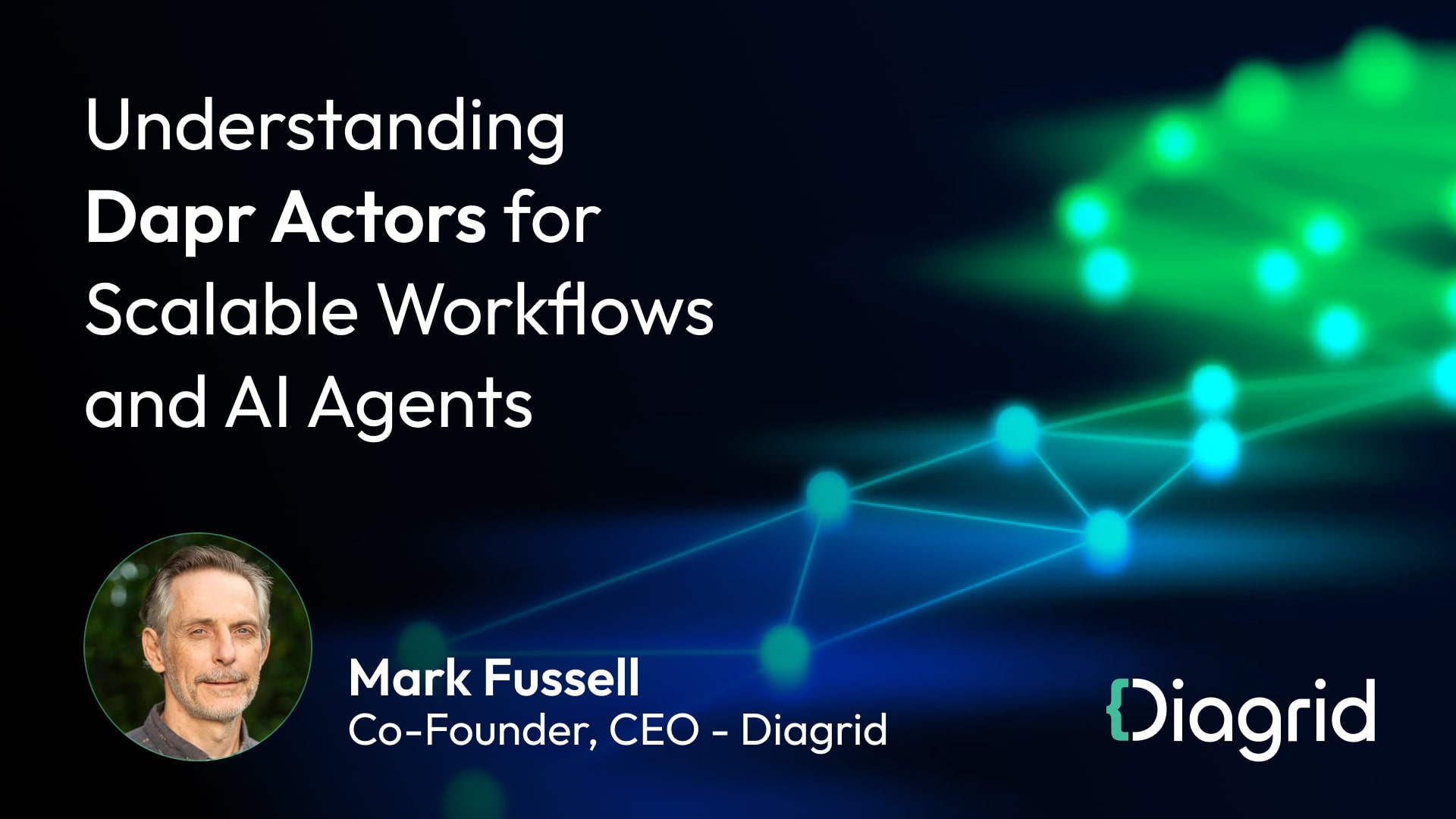Head's up: the updated "State of Dapr Report 2025" is now available. Read more here.
Dapr (Distributed Application Runtime) is an open source project under the Cloud Native Computing Foundation (CNCF). Dapr provides developers with a set of APIs, commonly known as “building blocks”, that abstract away the complexity of common challenges that developers encounter regularly when building distributed applications.
Dapr has seen exponential growth since its inception in late 2019, boasting an active Discord community with over 6,500 members, 2,900 contributors and 22,300 Github stars. Dapr ranks 10th of 157 projects in the CNCF and is one of the most popular developer projects. Enterprises using Dapr include IBM, Microsoft, Zeiss, Alibaba Cloud, BOSCH, Sharperimage.com, Intel, Tencent, Ignition Group, Dotmatics, Wortell, Huawei, Legentic, At-Bay, and HDFC to name a few.
With this first annual survey of the Dapr landscape, we wanted to understand the current state and trajectory of Dapr among developers and enterprises, the factors driving its success, and challenges to be addressed. By sharing this data with the Dapr community and beyond, our goal is to provide you with insight into how your peers are using Dapr, share the benefits of Dapr with those considering adopting it, and to provide feedback to the project and ecosystem that can influence roadmap, contributions, and resources. The report consists of 8 chapters with a few highlights included in this blog. Download the full report for access to all chapters.

Survey Demographics
Our study surveyed active Dapr developers, architects and managers across organizations of different sizes. Diagrid commissioned Dimensional Research to conduct the study to understand the experiences and attitudes of the individuals responsible for adoption and use of Dapr in each organization. The survey included a total of 151 individuals, each of whom has a role that involves daily use of Dapr.
A wide range of roles, industries, regions, and job levels are represented. A majority (54%) of those surveyed consider themselves very knowledgeable or expert in Dapr. The same proportion (54%) served as the final decision maker when choosing the technology.
This research covers a wide range of industries including technology companies (35%) and financial services companies (13%). All major sectors are represented, including transportation(6%), retail (6%), healthcare (6%), and energy and utilities (4%).
In addition, a series of in-depth interviews were conducted with ten Dapr users to gain an understanding of the nuances of Dapr adoption and use. Quotes from those interviews are included, edited for readability where necessary.

Dapr Delivers Developer productivity
Incorporating Dapr into your development platform necessitates a certain level of investment for evaluation, training, and integration. However, this upfront work results in a significant return on investment (ROI) for many organizations, making it highly worthwhile.
Almost all respondents (95%) say that Dapr saves developer time, and more than half (55%) reported seeing a savings in developer time of 30% or more when using Dapr.
Most organizations would be ecstatic if new tooling yielded a 5% productivity boost; 30% is almost unheard of.
The percentage seeing this level of savings is even higher for companies with 200 employees or more (61%) or those with more than five developers using Dapr (60%).

Infrastructure Services Used With Dapr
The beauty of Dapr building blocks is that they decouple applications from the underlying infrastructure and developers' code gets improved portability. Platform engineers can change the service used by a building block without requiring application code modifications, or a rebuild/redeploy. For example: the publish & subscribe building block can easily be switched from Redis to Kafka or any of the other 16 supported services. Services used by survey respondents are shown here.

Download the Report
The State of Dapr 2023 Report is available for free download here.







.jpg)
